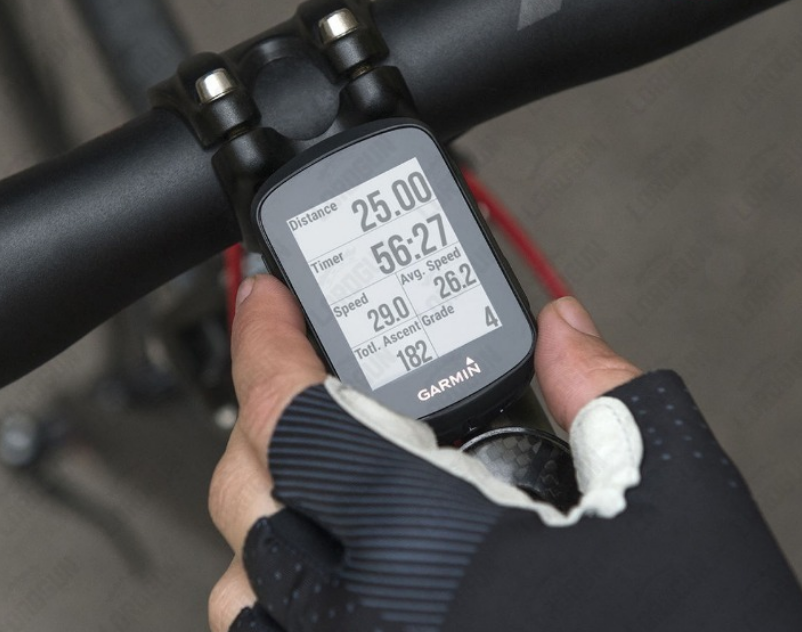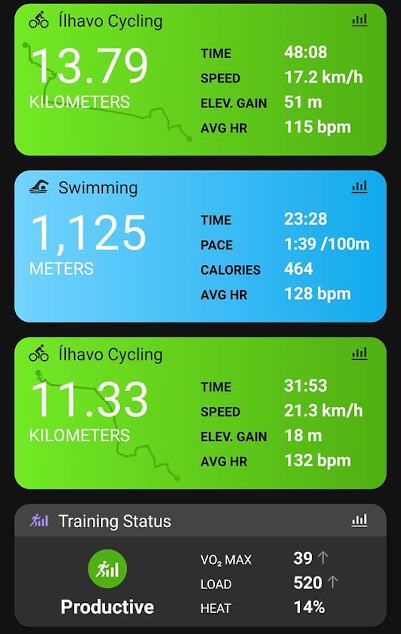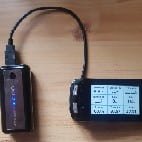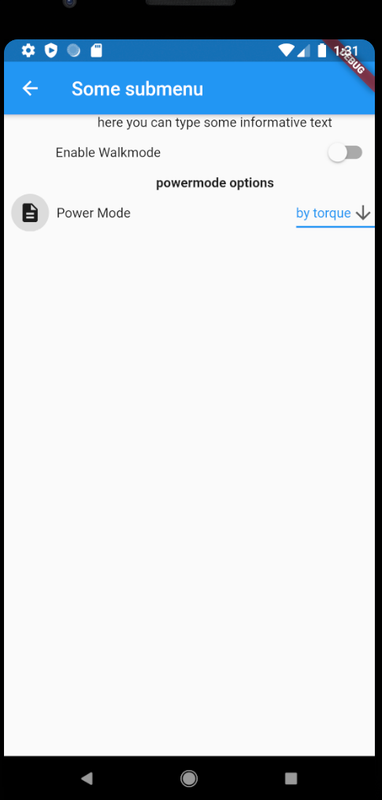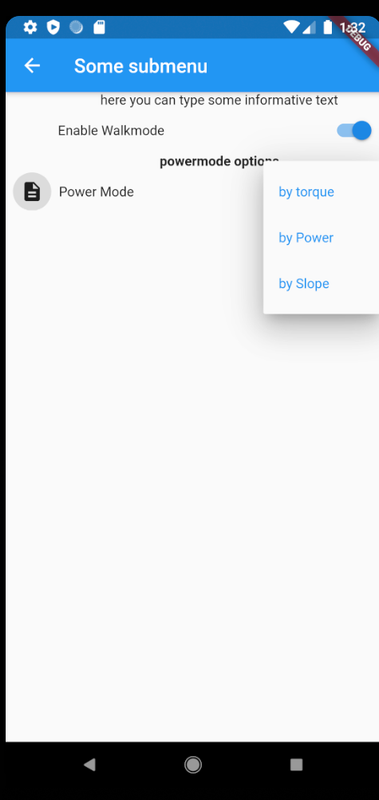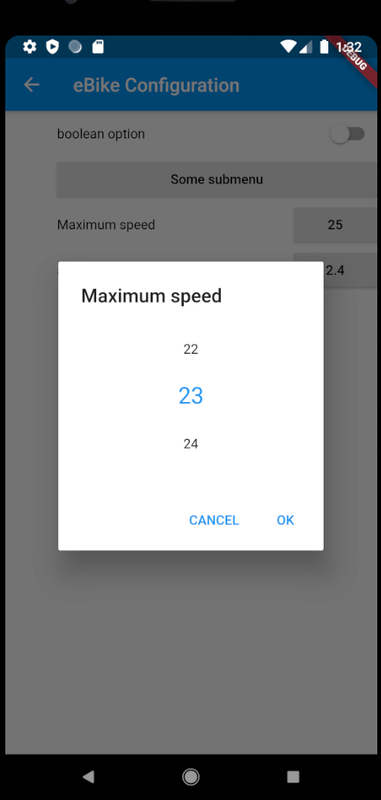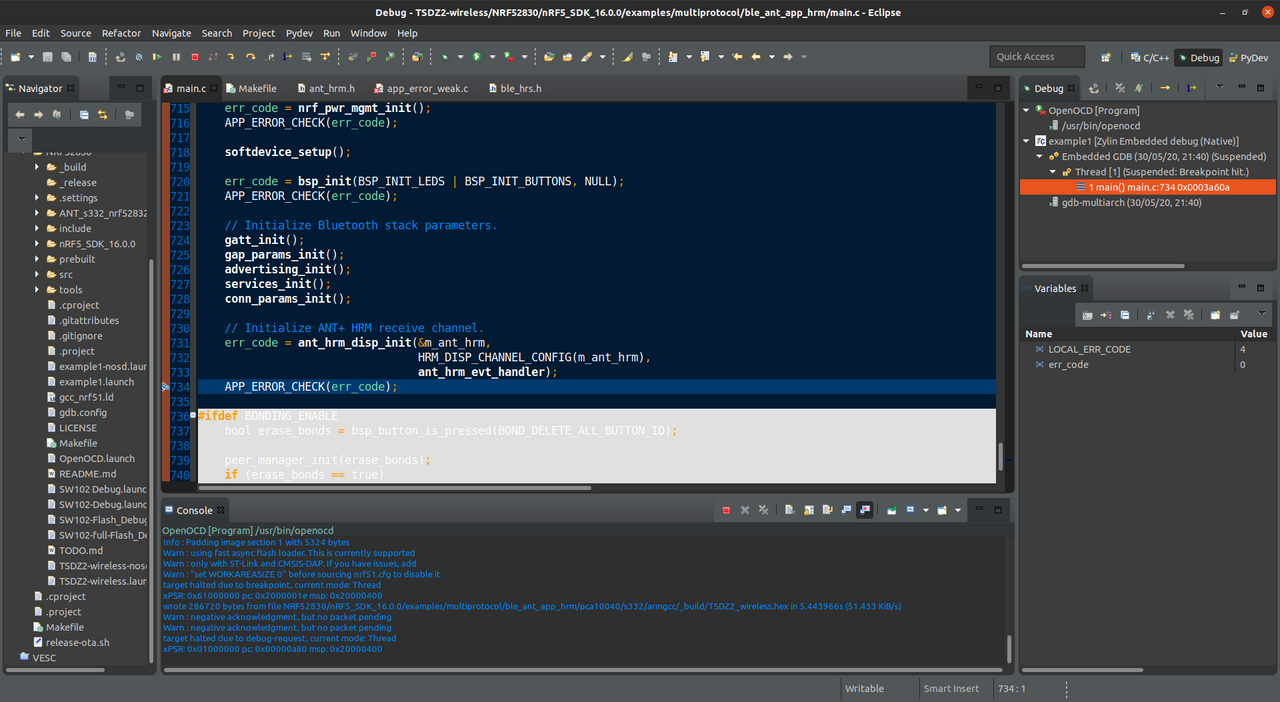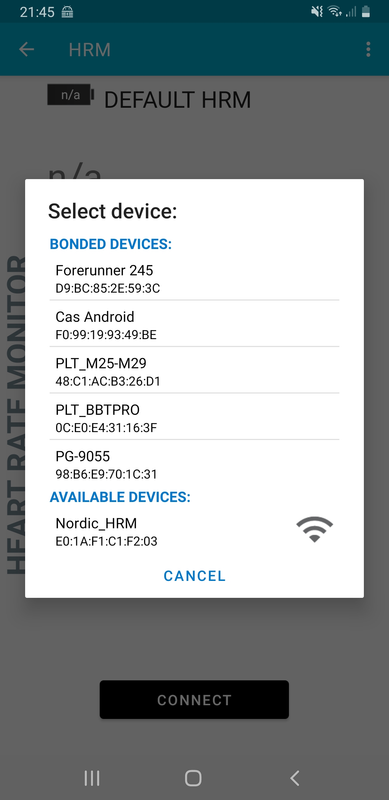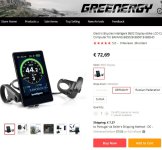sbartle said:
Have you considered using the Wahoo Element Bolt. It’s £180 in the UK and has a battery life that’s almost triple that of the comparative Garmin 520 device. It supports LEVs, can be setup wirelessly from a smartphone etc. I haven’t got any experience of programming etc, so I apologise in advance if there’s something glaringly obvious that would prohibit its use!
https://uk.wahoofitness.com/devices/bike-computers/gps-elemnt-bolt
The great of this project is that we will be able to choose from a large number of displays, unlike now. But note that a display that supports custom apps like Garmin Edge, will be able to provide more specific features for TSDZ2 and that Wahoo does not support custom apps, I think only Garmin support custom apps.
I bought the last version, the Edge 530 and it says 20 yours of battery - it is good to see that characteristic increasing over time / models. This model also supports a connection of a battery pack. Unfortunately there is no information how that battery pack connection works, so a connection base to the handle bars could be 3D printed with power connection.
I am on Garmin ecosystem because of the watch, for assess my fitness / health progression and sports activity like running / walking.
Here is my use case for wireless TSDZ2 ebike.
My
body battery, changes depending on my sleeping quality, stress (or being hill, detected on heart HRV) and sport activity:
 Training load
Training load, tell me I should probably rest on next 2 days:


And my
VO2 Max slowly increasing since I started to run and doing the rest of efforts like swimming, cycling, eat less:

Now I am merging all this with cycling, where I can see my heart rate while cycling and deciding to use lower motor assistance as I want to workout more / be on a specific heart rate range:
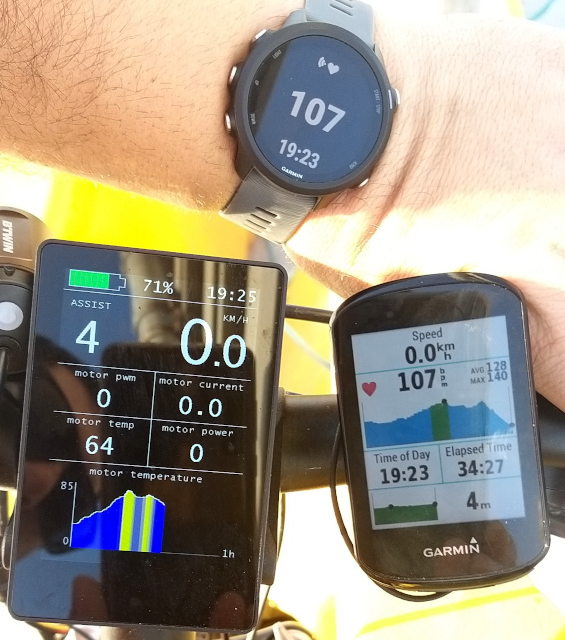
Yesterday I went again to the beach at the end of the day. I wanted to workout, to be at a specific heart rate value and that is why I need a display to show that to me - look at that graph, that is where I took the idea for wanting graphs on TSDZ2 display. Note that my watch was measuring my HR and broadcasting to the Edge.
I also wanted to do the 17 kms from home to beach relatively fast, specially on long, plane and large cycle paths. I also had to manage the TSDZ2 max temperature, to avoid the motor power reduction, as seen on the 860C graph. Note that 860C has a very bright and good quality display!!
With this project in future, I will remove the 860C and use only the Edge. Edge will be able to control the TSDZ2 as a wireless standard EBike (ANT+ LEV). And because Garmin Edge support custom apps, I will be able to create a custom widget that is a graph to specifically show the TSDZ2 motor temperature - so, using Edge will be like having 850C/860C customs fields and graphs + Garmin health / fitness metrics.






